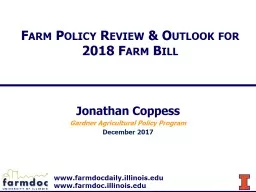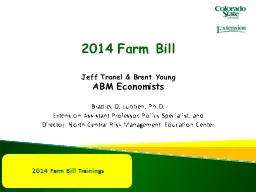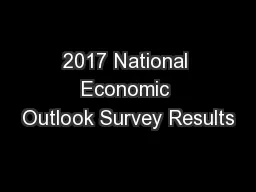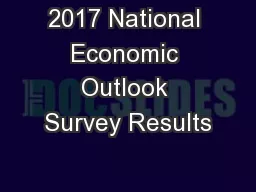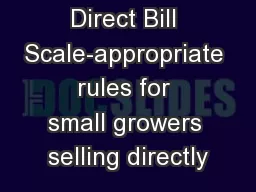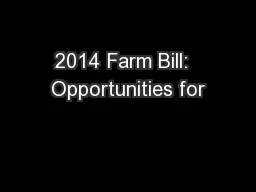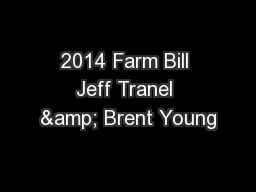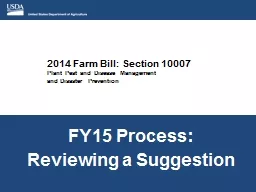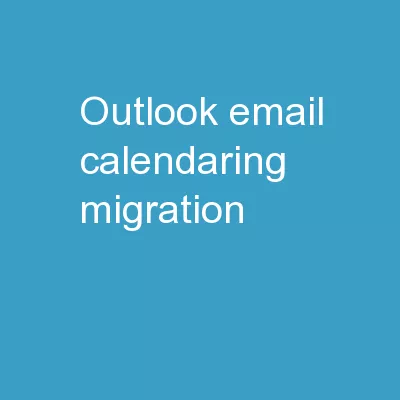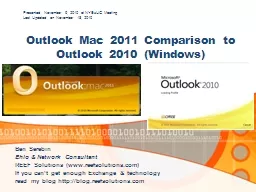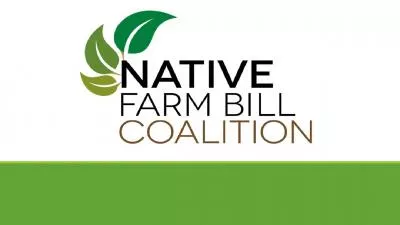PPT-Farm Policy Review & Outlook for 2018 Farm Bill
Author : debby-jeon | Published Date : 2019-03-14
Jonathan Coppess Gardner Agricultural Policy Program December 2017 2014 Farm Program Election Budget pressures elimination of direct payments and dispute over policy
Presentation Embed Code
Download Presentation
Download Presentation The PPT/PDF document "Farm Policy Review & Outlook for 201..." is the property of its rightful owner. Permission is granted to download and print the materials on this website for personal, non-commercial use only, and to display it on your personal computer provided you do not modify the materials and that you retain all copyright notices contained in the materials. By downloading content from our website, you accept the terms of this agreement.
Farm Policy Review & Outlook for 2018 Farm Bill: Transcript
Download Rules Of Document
"Farm Policy Review & Outlook for 2018 Farm Bill"The content belongs to its owner. You may download and print it for personal use, without modification, and keep all copyright notices. By downloading, you agree to these terms.
Related Documents

